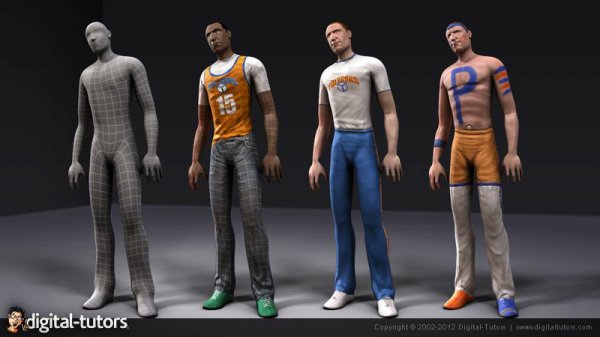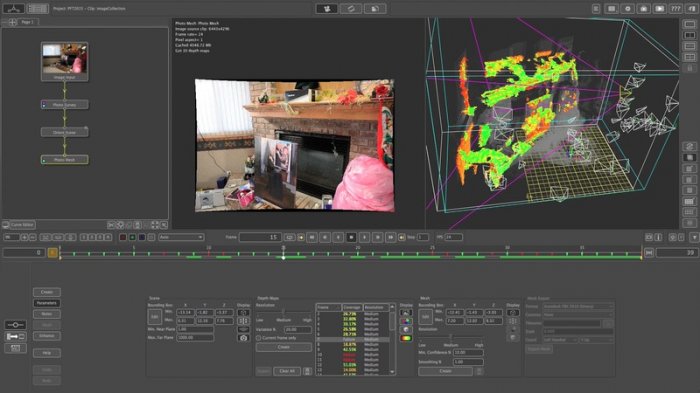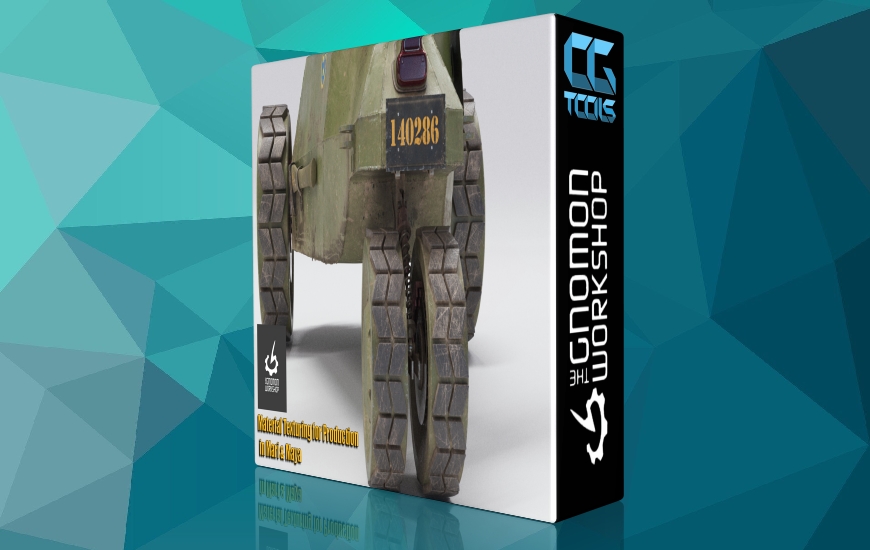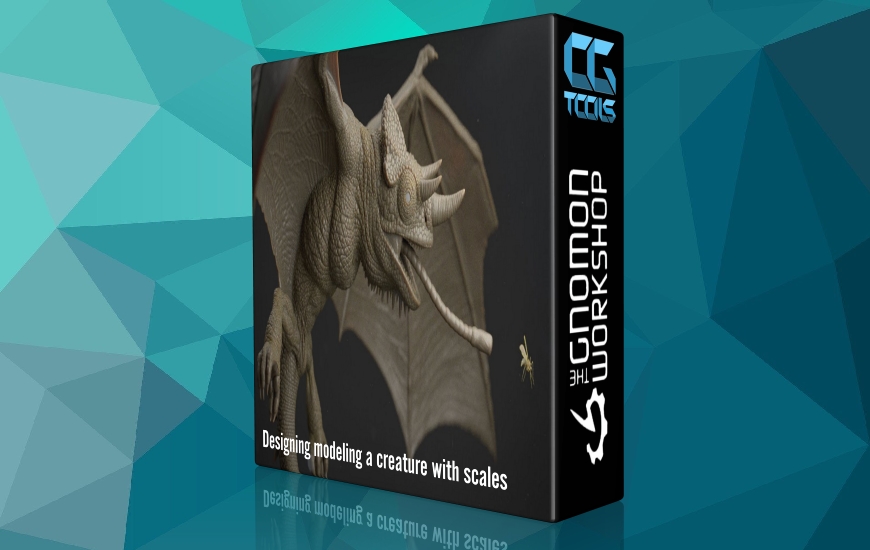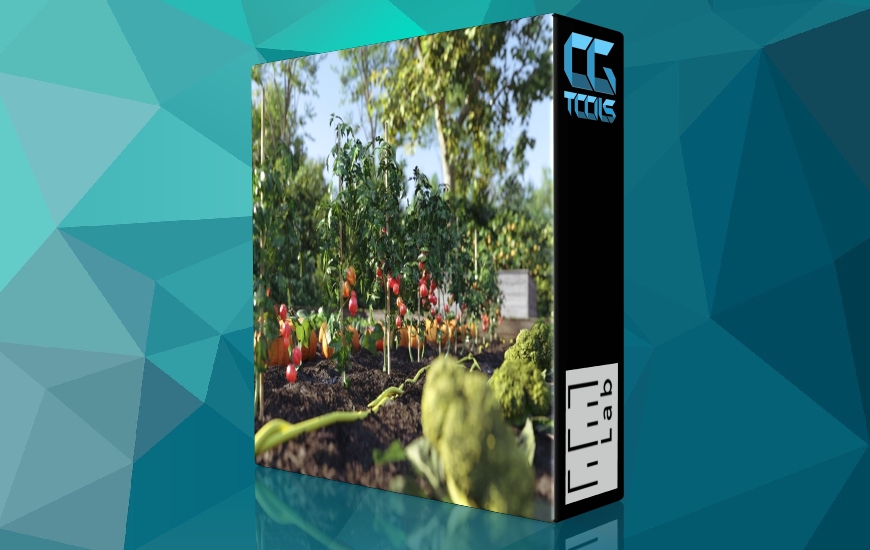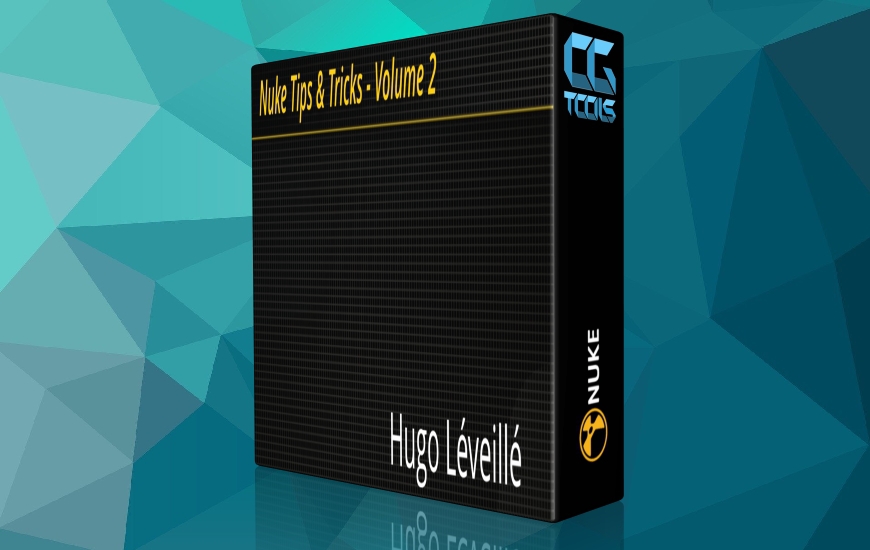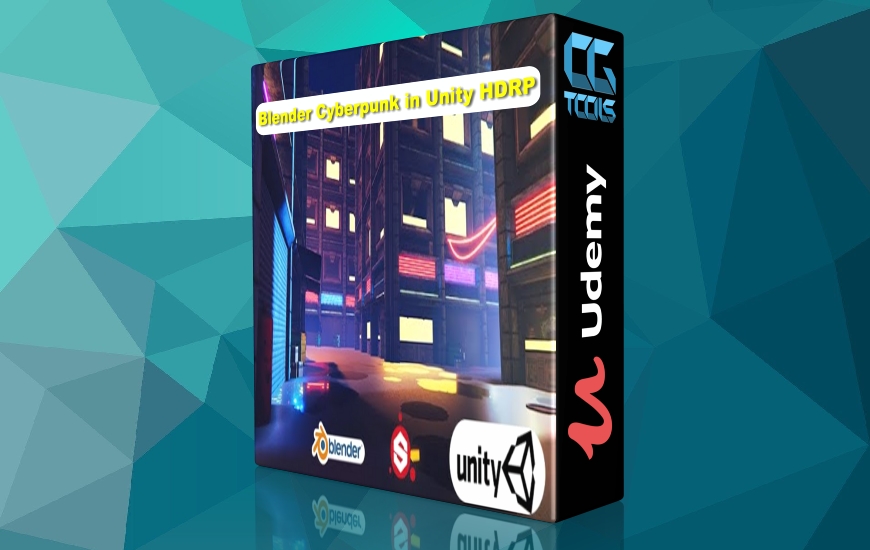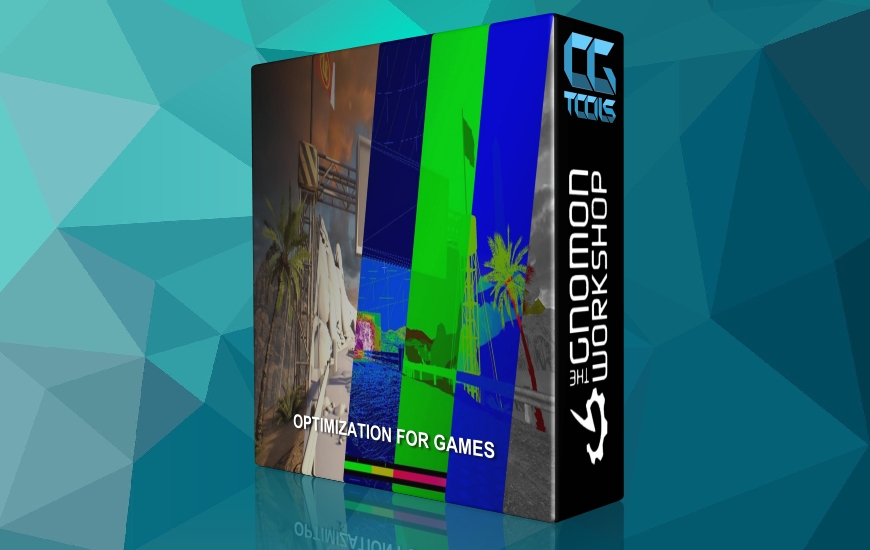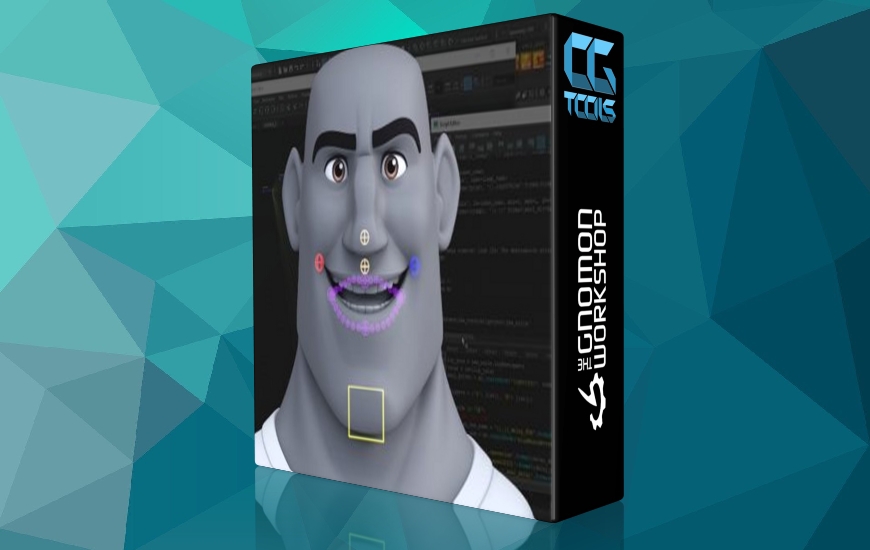![تکنیک های ادغام اسکن سه بعدی]()
کارگاه 5 ساعته آدریان والیسیلا یک گردش کار کامل را برای ادغام دارایی های قهرمان در صفحات پشتی با نتایج فوتورئالیستی شرح می دهد. آدرین با استفاده از یک تکنیک کلاسیک در تولید جلوههای بصری، نحوه تبدیل اسکن سه بعدی قطار را به یک دارایی آماده تولید با استفاده از مایا نشان میدهد و در حین نشان دادن این فرآیند، در مورد نظریههای مهم مدلسازی سطح سخت بحث میکند. بخش بافت دهی شامل نحوه تمیز کردن بافت ها از اسکن سه بعدی و بازگرداندن آنها به یک دارایی سه بعدی تمیز با استفاده از ماری است - یک روش استاندارد که تضمین می کند دارایی CG در تولید VFX قابل استفاده است. در مایا، ظاهر، نورپردازی و رندر با وی-ری انجام می شود. آدرین در مورد اهمیت تطبیق نور صفحه با دارایی سه بعدی که برای نتایج واقعی واقع بینانه یکپارچه شده است بحث می کند و نشان می دهد که چگونه می توان سناریوی نورپردازی صحیح را بازسازی کرد. با استفاده از ابزارهای تنظیم رندر مایا، آدرین نشان میدهد که چگونه تمام پاسهای نورپردازی لازم برای ترکیببندی حرفهای در Nuke را صادر کنیم. او علاوه بر جزئیات فرآیند، در مورد مواردی که هنگام ایجاد ادغام های واقعی CG با استفاده از Nuke باید به آن توجه کرد، بحث می کند. همراه با این کارگاه، مدل محیط و دوربین کم رزولوشن آدرین (فایل .mb برای مایا) برای عکس استفاده شده است که می توانید آن را دانلود کرده و با امکانات خود استفاده کنید. یک تصویر HDR و صفحه پشتی HDRI Haven نیز از مجموعه رایگان آنها موجود است. مطمئن شوید که کارگاه های دیگر آدرین را در مورد جزئیات توسعه صحنه بیرونی و ایجاد یک فضای داخلی Photoreal بررسی کنید.
مشاهده توضیحاتــ انگلیسی
DESCRIPTION
Adrian Vallecilla’s 5-hour workshop details a complete workflow for integrating hero assets into backplates with photorealistic results. Using a classic technique in visual effects production, Adrien reveals how to transform a 3D scan of a train into a production-ready asset using Maya, discussing the important hard-surface modeling theories while demonstrating the process. The texturing portion includes how to clean up textures from the 3D scan and project them back onto a clean 3D asset using Mari — a standard practice that ensures the CG asset is usable in VFX production. Back in Maya, the look-dev, lighting, and rendering is handled with V-Ray. Adrien discusses the importance of matching the lighting of the plate with the 3D asset being integrated for truly realistic results and demonstrates how to recreate the correct lighting scenario. Using Maya's render setup tools, Adrien shows how to export all the necessary lighting passes required for professional compositing in Nuke. As well as detailing the process, he also discusses what to look out for when creating realistic CG integrations using Nuke. Provided with this workshop is Adrien’s low-res model of the environment and camera (.mb file for Maya) used for the shot, which you can download and use with your own assets. An HDR image and backplate courtesy of HDRI Haven is also included from their free collection. Be sure to check out Adrien’s other workshops detailing Exterior Scene Development and Creating a Photoreal Interior.





